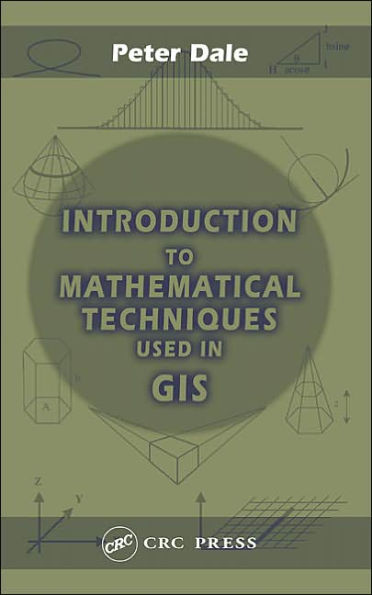5
1
9780415334143


Introduction to Mathematical Techniques Used in GIS / Edition 1 available in Hardcover

Introduction to Mathematical Techniques Used in GIS / Edition 1
- ISBN-10:
- 0415334144
- ISBN-13:
- 9780415334143
- Pub. Date:
- 10/28/2004
- Publisher:
- Taylor & Francis
- ISBN-10:
- 0415334144
- ISBN-13:
- 9780415334143
- Pub. Date:
- 10/28/2004
- Publisher:
- Taylor & Francis
96.95
In Stock

Product Details
| ISBN-13: | 9780415334143 |
|---|---|
| Publisher: | Taylor & Francis |
| Publication date: | 10/28/2004 |
| Edition description: | Older Edition |
| Pages: | 220 |
| Product dimensions: | 6.12(w) x 9.25(h) x 0.70(d) |
From the B&N Reads Blog
